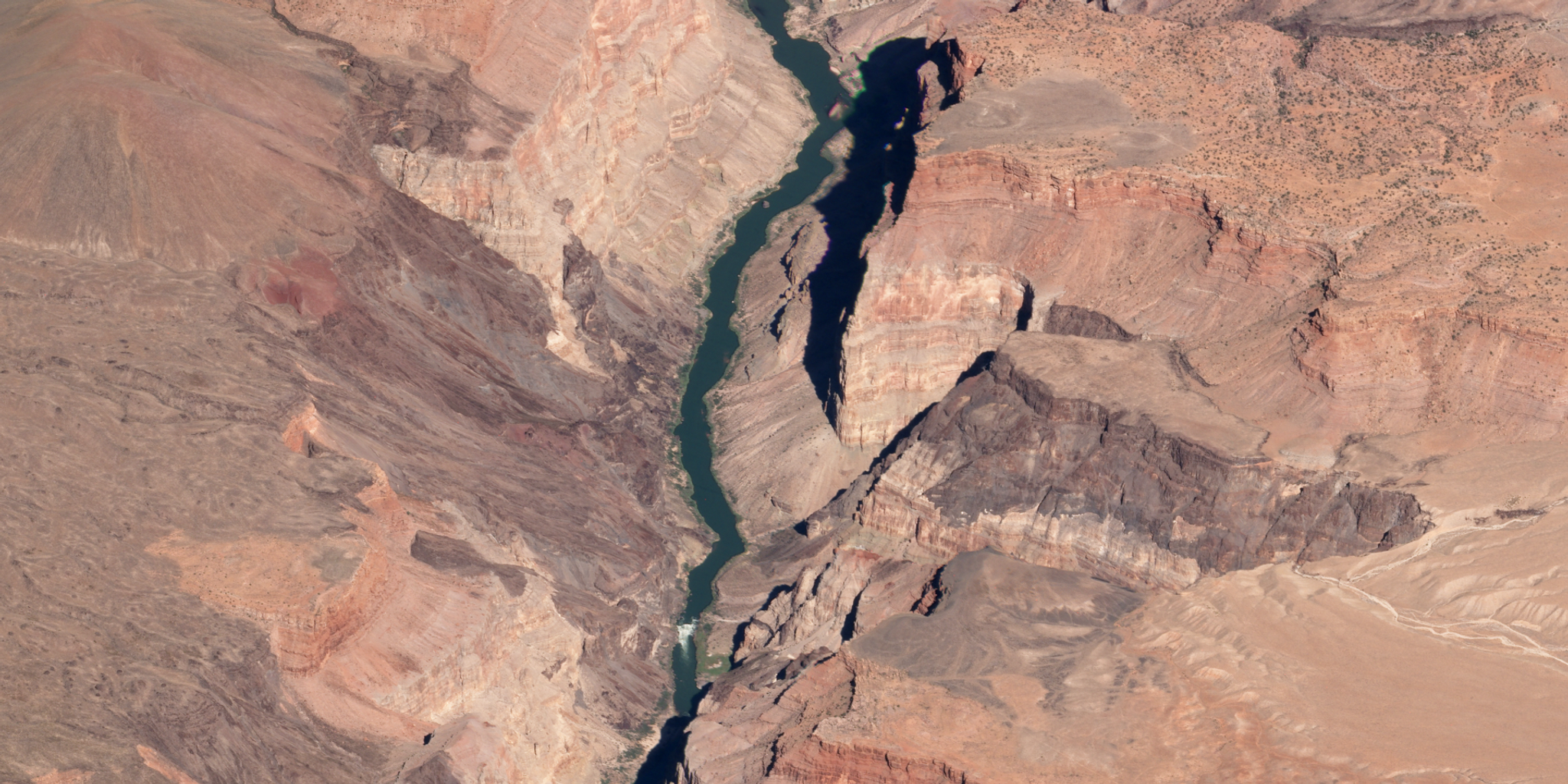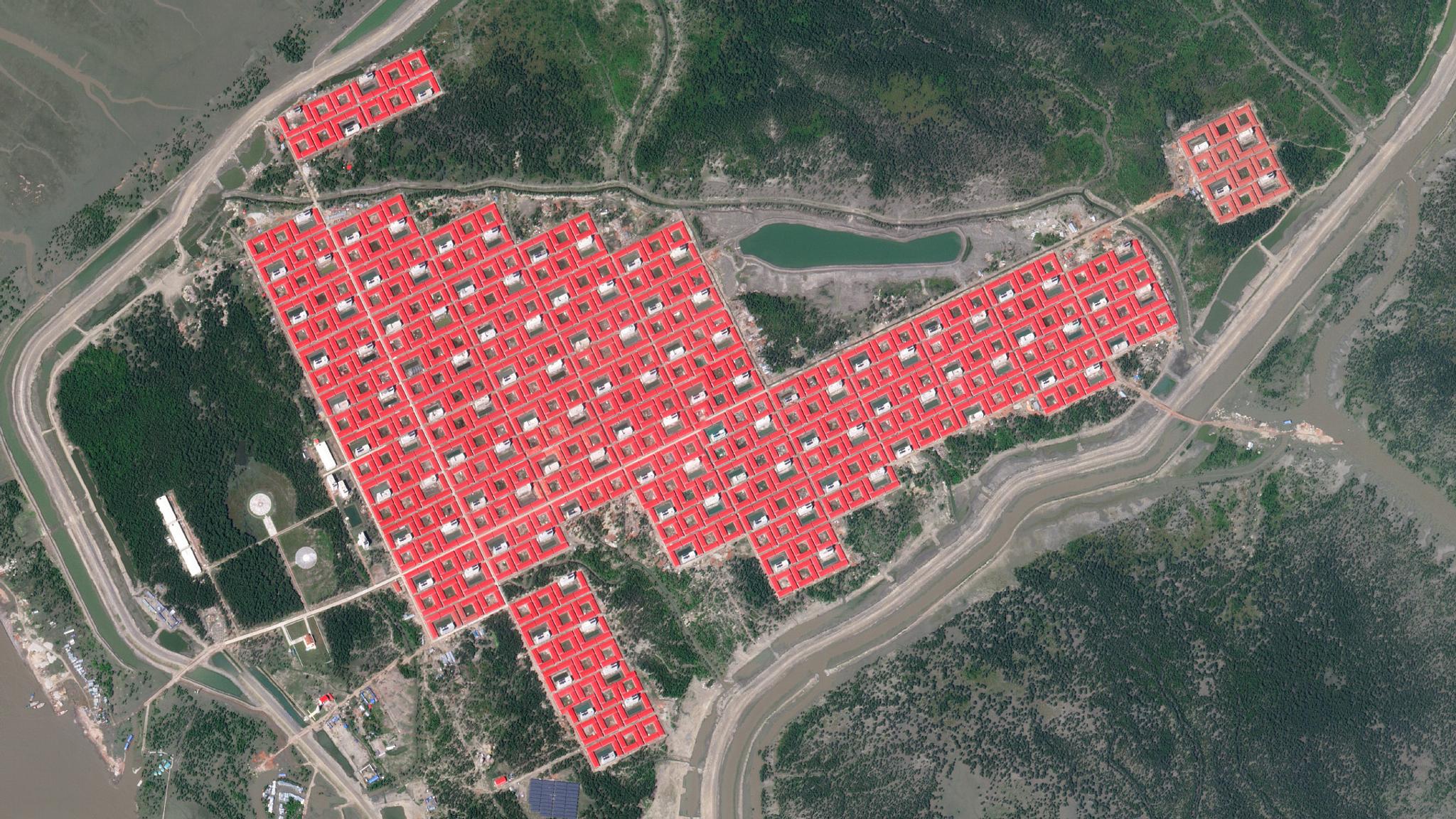The End of a Decade: The Start of a New Space Era

An oblique view of lava falls in the Grand Canyon captured on October 12, 2019. © 2019, Planet Labs Inc. All Rights Reserved.
TechOver the last decade, we’ve entered the era of the “Space Renaissance,” a rebirth of space activities that are accelerating innovation. Agile aerospace—a philosophy of spacecraft development that encourages rapid iteration—was largely just a thought-kernel in the minds of aerospace experts 10 years ago, and now it’s an ideal that many in the space industry are striving for. The space community has experienced a shift in behavior. A new crop of aerospace entrepreneurs have been consistently emerging with the aim of creating new low-Earth orbit missions, and commercial companies are challenging the status quo of the aerospace industry. Sure, some industry insiders quipped of another space bubble similar to the 1990s, but to me, this time it feels different—and Planet has played a strong role in this philosophical and technological shift. In 2010, I teamed up with two of my best friends from NASA and we founded Planet. Our vision was to create a company that could use information from space to help life on Earth. We built our first satellite in our California garage with the hypothesis that we could disrupt the aerospace industry with a high performance, mass-manufacturable and autonomously-operated fleet of remote sensing satellites—and we wanted to make knowledge available to more people who might seek it. One decade and hundreds of satellites later, that vision has become a reality. By reducing the cost to reach space by a factor of 10 and developing satellites at 1000x lower mass and cost than 10 years ago, data that once was only accessible by government entities is now available to the masses—and is being utilized daily across industries to achieve great things that were never imagined. “Planet’s Mission One [was] to launch a fleet of satellites that would image the entire Earth every day and democratize access to [information],” said my co-founder Will Marshall in his 2018 TED Talk. “We wanted to give people the tools to see change and take action.”





Ready to Get Started
Connect with a member of our Sales team. We'll help you find the right products and pricing for your needs

